Trying to pick out a new mini red dot sight for your handgun can be a lot like buying your first car: there are dozens of different brands and models, they all do roughly the same thing, and everyone has an opinion on which one is best. It can be intimidating to try and sort fact from opinion and make an informed choice.
As with all equipment purchases, your use case should be the primary determinant in what red dot you purchase. The best dot for a competition pistol will not be the same as the best dot for a carry gun, which probably won’t be the same as the best sight for a duty pistol. Mission drives gear.
With that in mind, let’s take a look at the five biggest factors to consider when picking out your next pistol red dot.

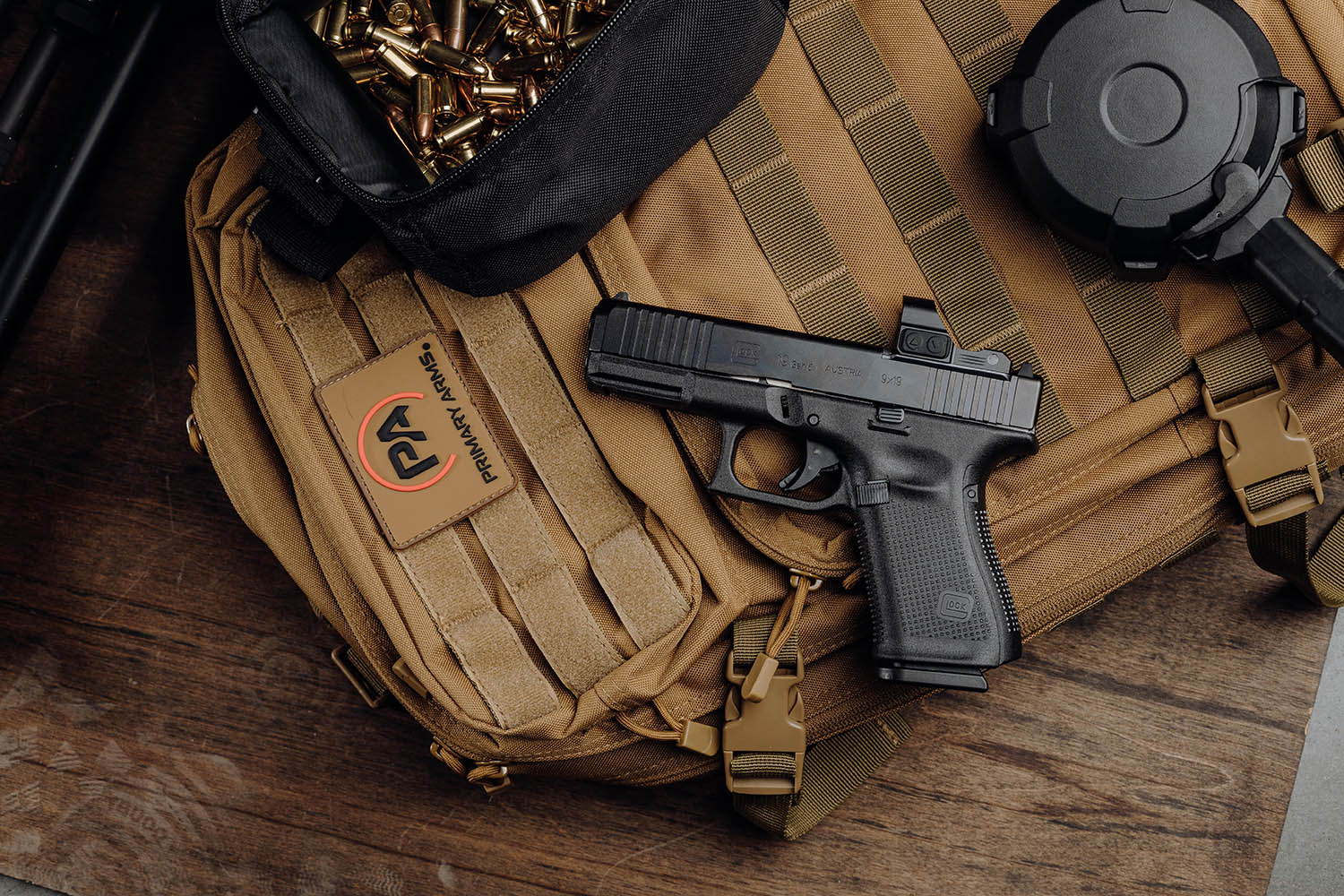
Price
Few of us are working with an unlimited budget. If you are, it can be tempting to buy the most expensive sight on the market and take comfort in the knowledge that you purchased the very best—but you may not be getting the best features for what you need. As such, it’s essential to take a hard look at your use case and determine what features you need to prioritize.
For example, if you’re looking for a red dot for a competition pistol, you’ll probably find window size and clarity more important than battle-proven durability. A larger window will make it easier to acquire and track the dot during the stage, which can significantly affect your performance.
On the other hand, bomb-proof durability matters less for just a competition gun. As long as the sight is tough enough to survive the rigors of practice, competition, and transport, it’s tough enough. Any durability beyond that point will have little effect on your performance—and may even involve more considerable compromises.
Of course, a dot for a duty pistol would have very different considerations, but the same principle applies. Whenever you shop for gun parts, features always come first.
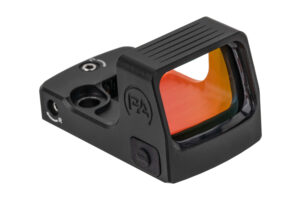
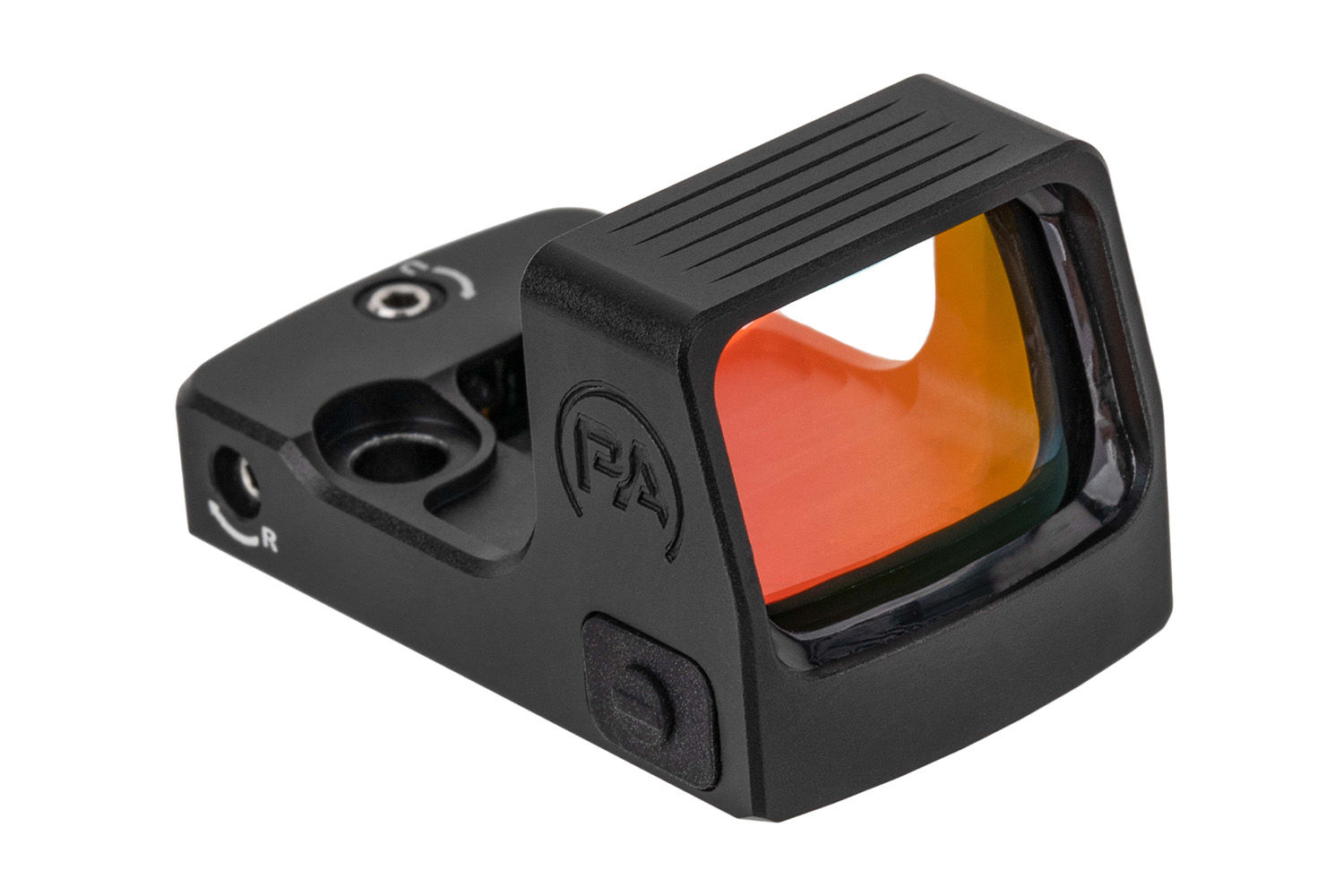
Footprint
Another primary consideration in choosing the right pistol optic is the footprint. “Footprint” refers to the shape and pattern of the optic’s screw and recoil lug holes. Unlike long gun optics, handguns do not have a universal attachment system; each optic footprint is different from the next.
This means choosing a footprint that is compatible with your firearm is essential. Many optic-ready firearms feature a universal cut that does not conform to any one optic footprint but instead uses adapter plates to interface between the slide and the optic. GLOCK’s MOS system is the most common version of this.
Shop All In-Stock Glock PistolsBuy Now
Other firearms may have a particular footprint milled directly into the slide, which may or may not accommodate adapter plates to allow the use of other footprints. Sig’s P320 M17 model is a good example of this type of cut. The M17 features direct slide milling for Romeo 1 Pro and Leupold Deltapoint Pro sights, although plates are available to adapt it to most other footprints.
Whether your pistol uses a fixed footprint machined into the slide or a universal system, it’s important to check that an optic is compatible before purchasing.
While the external dimensions of the optic aren’t generally considered to be part of the footprint, they can also affect compatibility. Even universal mounting systems can be limited by the overall length of their cut—if an optic exceeds that length, it won’t fit, even with an adapter plate.
In some cases, you may be able to solve the issue using an adapter plate that raises the optic above the slide cut, but doing so will cause your optic to sit very high. This type of mounting may preclude users from co-witnessing with iron sights.

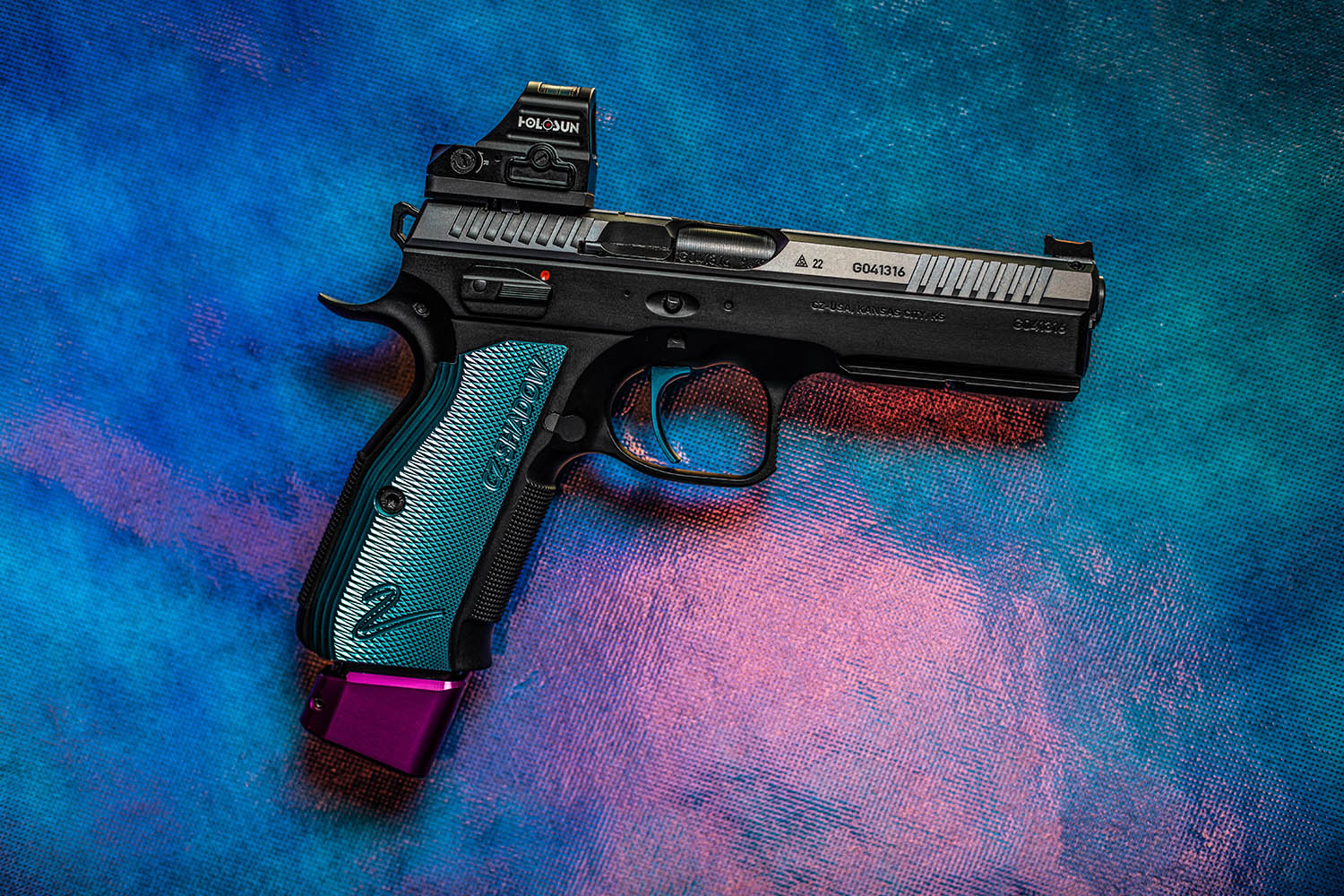
Reticle/Dot Size
Reticle choice is determined by both use case and personal preference. There are many viable reticle designs and sizes out there—some better suited to certain tasks than others—but there’s no one “best” option. Which reticle is best for you will largely be determined by what you prioritize.
The most common and simplest design is a basic dot reticle, which, as the name suggests, is just a bare red dot in the middle of the optic window. Nearly every mini reflex sight on the market is available with a dot reticle.
Shop All Mini Reflex SightsBuy Now
There’s an argument to be made in favor of simplicity; since there’s only one aiming point, there’s no chance of getting confused or having to think through which part of the reticle to aim with. This makes them very easy to use, even for new marksmen, and minimizes the amount of training time necessary to learn to effectively use the reticle.
Since there is only one aiming point, that aiming point necessarily ends up being a compromise between speed and precision. A larger dot will be faster to acquire and aim with, and often blur less for users with astigmatism. It will also obscure more of the target and be more challenging to use precisely at range.
A smaller dot is the inverse of this, of course. As the saying goes, aim small, miss small. A more precise aiming point allows for a more precise sight picture, which, so long as your other skills are up to par, means more accurate fire. This comes at the cost of slower acquisition times up close.
Alternatively, more complex reticles are available that offer the best of both worlds. The next most common of these is a dot-and-ring style sight, which essentially augments a dot reticle with a larger ring around the dot.
This type of reticle is popular with rifle optics, such as EOTech’s offerings, because it allows for both speed and precision. The center dot can be made smaller than would be practical for a dot-only reticle, often down to 1 MOA. The outer ring, on the other hand, is quite large and can be used on its own for rapid close-quarters aiming.
The downside to this style of sight is that it is more complicated and can require more training. In addition to your normal aiming procedure, you now have to make a split-second decision as to whether you’re using the dot or the ring to aim. With practice, this can become almost instinctual though, so the drawback is minimal.
Another option is a triangle reticle, which is currently available in some models of Trijicon RMR and Leupold reflex sights. Like dot-and-ring reticles, triangle reticles aim to provide both large and small aiming points for use at different distances.
A triangle reticle should be zeroed so that the bullet impact matches up with the very tip of the triangle at the desired range. Once zeroed, the infinitely small tip can be used as a fine aiming point, while the entire triangle serves as a faster aiming solution at CQB distances.
Sadly, these too come with a drawback. While the tip of the triangle works well for precise aiming, the body of the triangle will obscure much of the target below the aiming point. For defensive applications, this can be suboptimal, as it reduces your awareness of the target.
Lastly, some optics are available with reticles designed specifically to address the particular challenges of handgun marksmanship, such as our ACSS® Vulcan® reticle. The Vulcan uses a chevron aiming point, which offers similar advantages to the triangle reticle: an infinitely small aiming point for precise shooting and a broader one for CQB. Unlike a triangle, a chevron will obscure considerably less of a target, allowing for a better overall view.
The Vulcan also incorporates a massive 250 MOA circle around the chevron. Unlike a circle-and-dot reticle, the Vulcan’s outer circle doesn’t work as an aiming point. Instead, it operates as an alignment reference.
When the sight is properly aligned and the chevon is visible in the window, the circle can’t be seen. However, when your eye is not properly aligned with the sight, the circle becomes visible, and its curvature indicates how you are misaligned. This is helpful for new pistol reflex users, but its actual value goes much further.
For irregular positions, shooting around cover, or shooting and moving, the ACSS Vulcan integrates immediate aiming feedback where there otherwise would be none. Experienced marksmen may not need the circle in ideal conditions on a flat range. But any advantage can be essential in self-defense, and ACSS Vulcan gives you a much simpler aiming solution than falling back to irons.
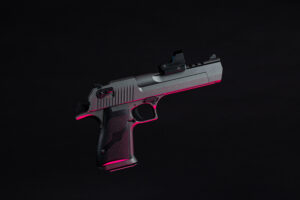
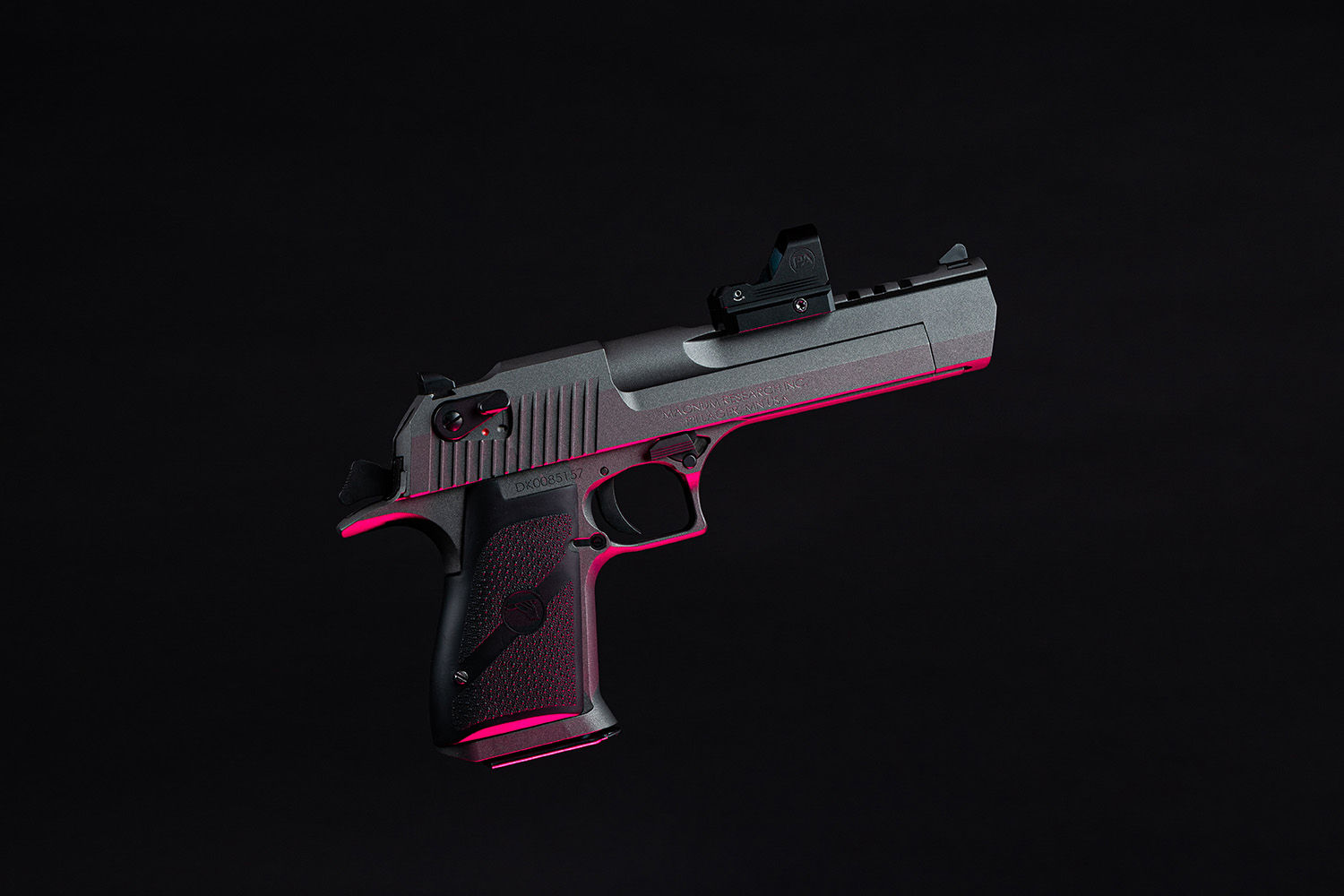
Durability
Durability is an important feature in a handgun optic, especially one intended for duty or defensive use, but it’s also one that often gets overprioritized. Your optic needs to be tough enough to survive your use case, but that’s all.
This is not to say that there is anything wrong with buying the toughest optic you can get your hands on; if that gives you peace of mind, it may be money well spent. From a purely utilitarian perspective, though, it’s not necessary for many users.
For the average user, a handgun optic needs to be tough enough to survive common incidents encountered during carry, such as banging into a doorway or table edge. It should also be able to withstand less common events, such as a car accident or a drop from chest height. It does not need to be tough enough to survive a drop from a helicopter—unless you spend a lot of time in helicopters.
Shop All Primary Arms Mini Reflex SightsBuy Now
Luckily, we live in a golden age of firearm accessories, and most reputable manufacturers meet that threshold. Still, there are a few durability-related features you should consider when selecting a red dot.
Chief among these is water resistance. Again, you don’t need to be able to take your red dot scuba diving, but it needs to be water-resistant enough to survive sweat, rain, and, ideally, even something unexpected like falling into a pond or pool. Many modern dots will state their level of water resistance in their specifications, but some do not.
Certain mini reflex sights use open-bottom designs to offer a simple, low-profile housing. It’s not a detriment in and of itself, but if your chosen optic has an open bottom, we heavily recommend a sealing plate. While the optic can sometimes seal against your handgun slide, liquids can still enter through the screw holes or any imperfections in the machining of your slide. A sealing plate offers cheap insurance against water or oil intrusion.
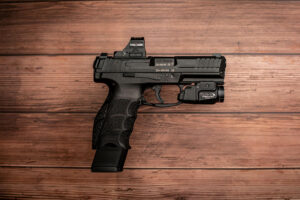

Technologies
Lastly, you’ll want to decide what other technologies are important to you. This will vary widely across individual use cases and preferences.
Automatic brightness adjustment is one of the more divisive features out there. In theory, this technology should allow your sight to always be set at the perfect level of brightness for your environment, which is absolutely a boon. In practice, no technology is perfect.
Auto-adjusting sights work very well when your surroundings are all roughly the same level of brightness, such as being outside on a sunny day. But, if you’re standing in the shade and your target is in the sun, you may have trouble with your reticle washing out since auto-adjusting is based on the light level around your optic, not around your target.
As always, your particular use case and environment will dictate how useful that feature is. The same goes for lockable settings, which allow users to “lock out” the adjustment buttons on the optic to prevent accidental changes when manipulating your slide, or built-in iron sights like those found on Holosun’s 407k and 507k.
Shop All Holosun Mini Reflex SightsBuy Now
Other features, such as our AutoLive® technology, are basically all upside. AutoLive is a motion-sensing tech that deactivates your sight during periods of inactivity, such as when your pistol is in your safe or on your nightstand. As soon as you pick up your firearm, the sight is instantly activated—you’ll probably never even know it was turned off.
This type of feature integrates seamlessly and provides no discernable drawback while helping to prolong the life of your battery by reducing energy drain.

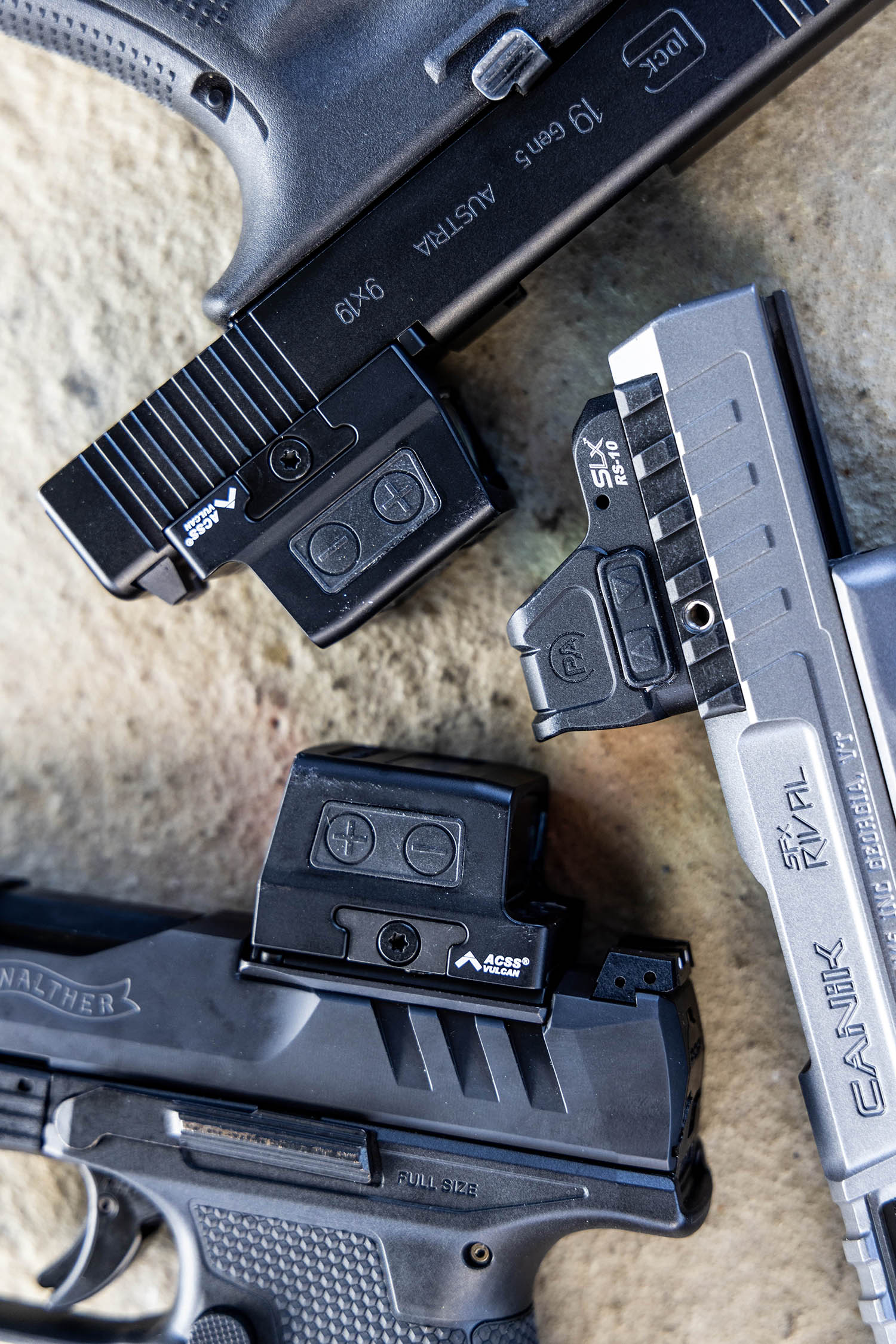
Summary
There’s a time and place for nearly every piece of tactical equipment on the market. In deciding what pistol red dot is best for you, first take an honest look at how you will use it.
Looking for a red dot for a micro-compact carry pistol? You’ll probably want something with an RMSc or RMRcc footprint for compatibility and a broader reticle since you won’t usually be taking precise shots at extended ranges. Features like a built-in rear iron sight could be especially important, as many small handguns require the rear sight to be removed to install a red dot, while things like night-vision compatibility can probably be ignored.
A dot for a duty pistol, on the other hand, should probably prize durability above most other features. The footprint isn’t particularly important as long as it’s compatible with your handgun, but lockable controls could be handy if you find yourself frequently pushing buttons by accident while racking your slide.



